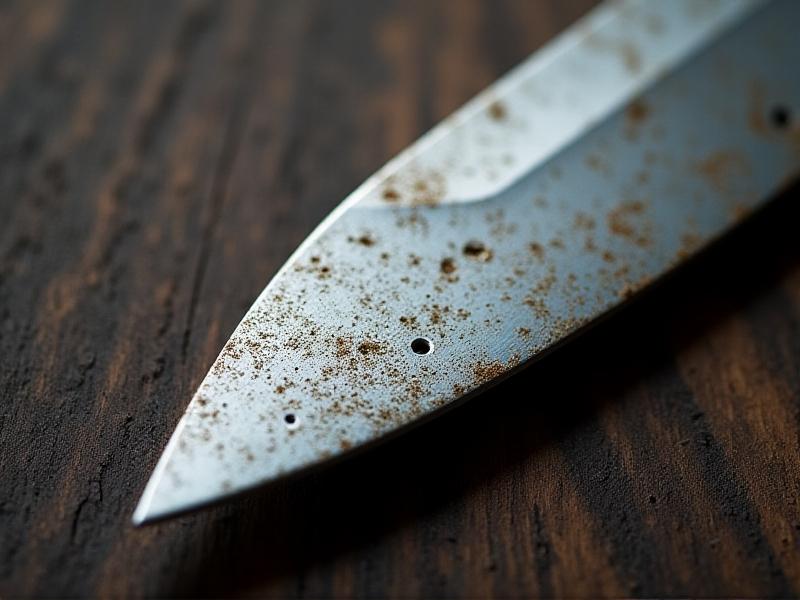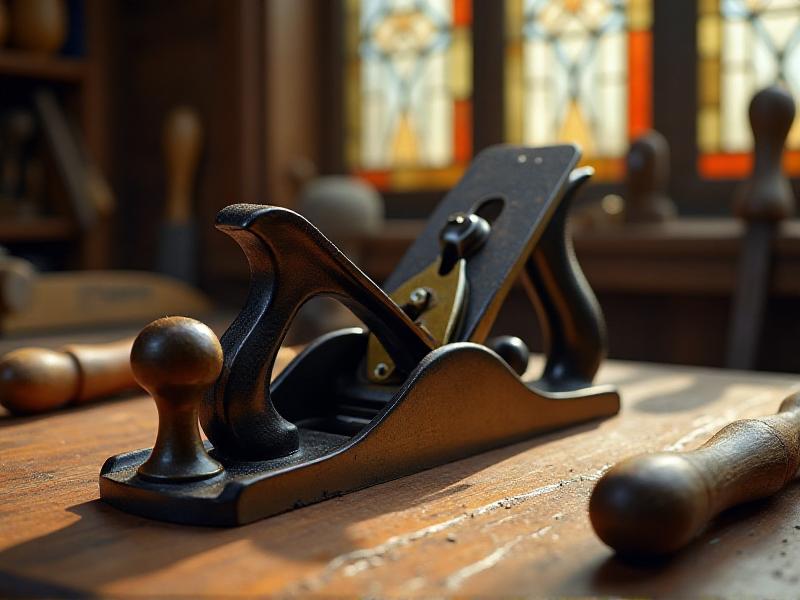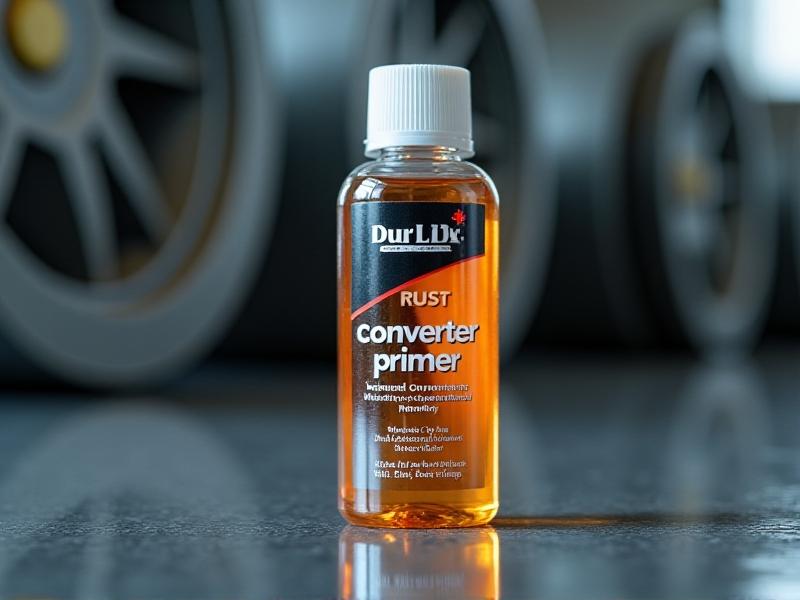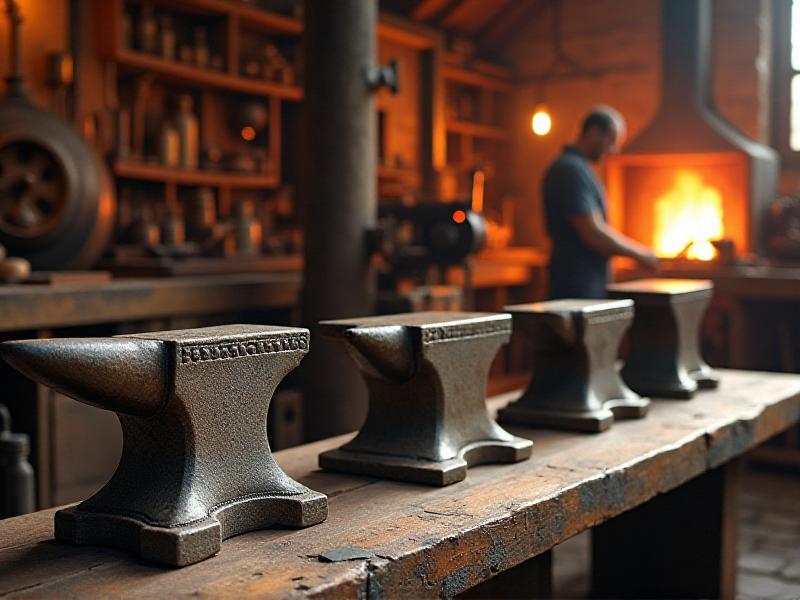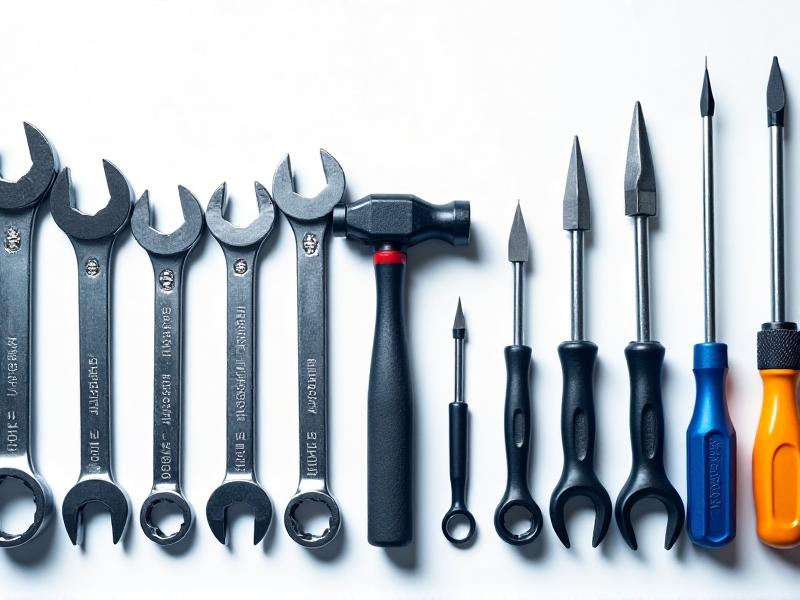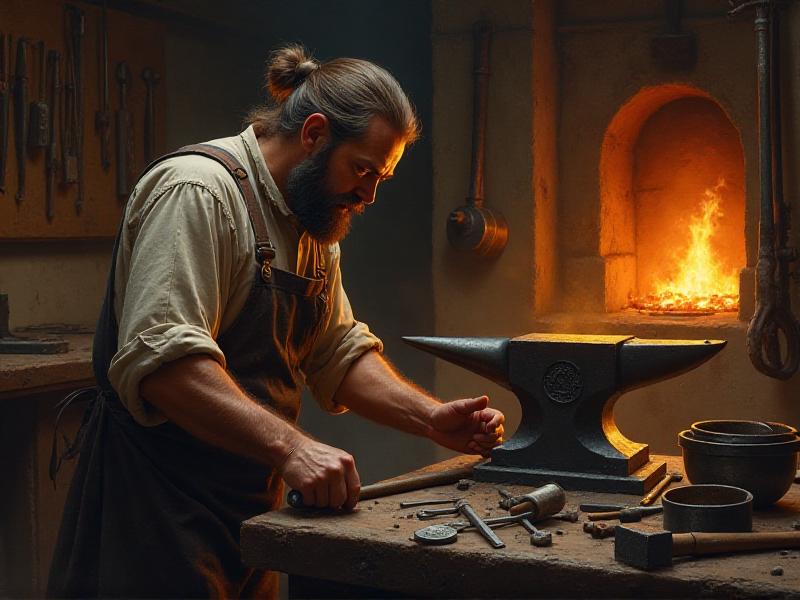Tool Restoration Time-Lapse Video Marketing
The Rise of Tool Restoration Time-Lapse Videos
In recent years, tool restoration time-lapse videos have surged in popularity across social media platforms like YouTube, Instagram, and TikTok. These videos showcase the transformation of rusty, neglected tools into polished, functional masterpieces. The appeal lies in the combination of craftsmanship, nostalgia, and the satisfying visual journey from decay to renewal. Viewers are drawn to the meticulous process, the soothing rhythm of restoration, and the tangible results. For marketers, these videos represent a unique opportunity to engage audiences, build brand loyalty, and showcase products in action. The rise of this niche content reflects a broader trend toward authenticity and DIY culture, making it a powerful tool for businesses in the tool and hardware industry.
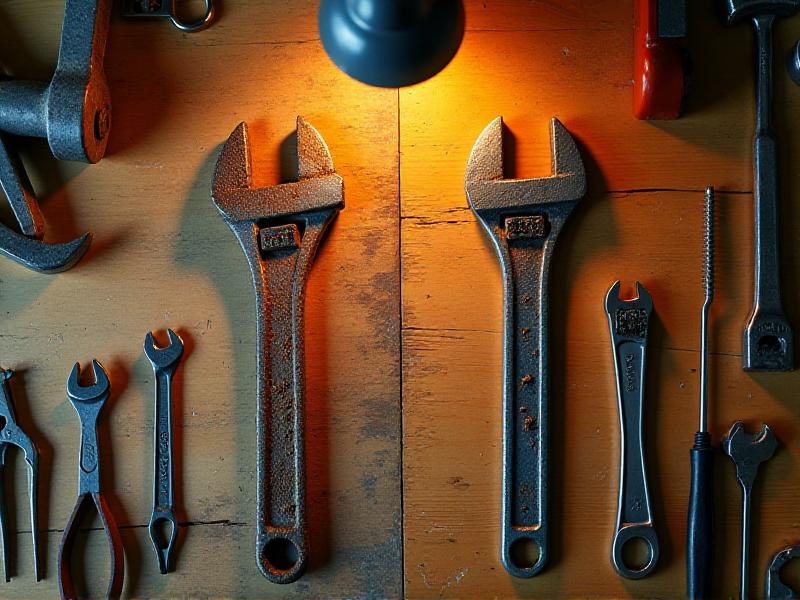
Why Time-Lapse Videos Resonate with Audiences
Time-lapse videos have a unique ability to compress hours of work into a few minutes, making them inherently captivating. In the context of tool restoration, this format amplifies the visual impact of the transformation. Audiences are mesmerized by the gradual removal of rust, the application of polish, and the final reveal of a gleaming tool. The process taps into a sense of accomplishment and satisfaction, even for viewers who may never restore a tool themselves. Additionally, time-lapse videos cater to short attention spans while providing a sense of depth and detail. They are easy to consume yet deeply engaging, making them ideal for social media platforms where quick, visually appealing content thrives.
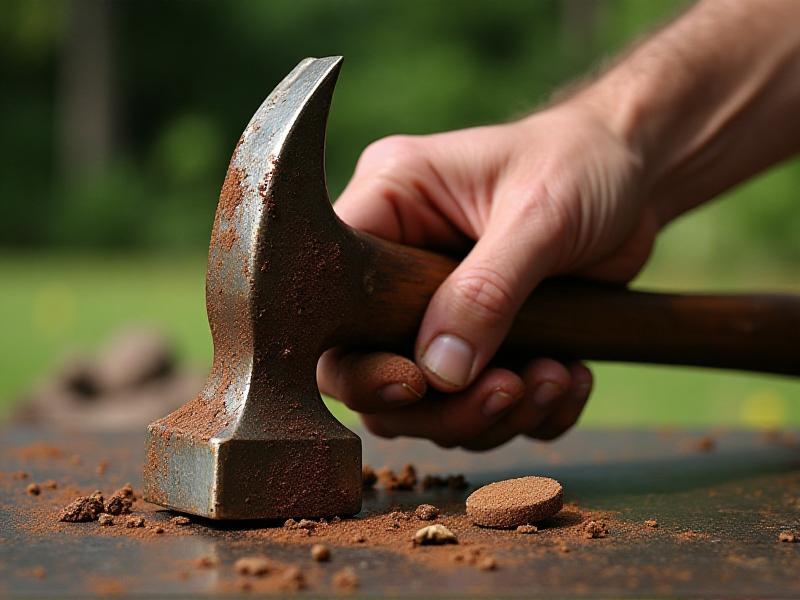
Crafting a Compelling Tool Restoration Narrative
A successful tool restoration time-lapse video is more than just a visual showcase; it tells a story. The narrative begins with the discovery of a neglected tool, often in a dramatic or nostalgic setting, such as a barn or garage. The restoration process is presented as a journey, with each step—cleaning, sanding, polishing—building anticipation for the final reveal. The story is enhanced by the use of music, captions, and voiceovers that highlight the significance of the tool and the skill involved in its restoration. By framing the video as a story, creators can evoke emotions, create a connection with the audience, and leave a lasting impression.
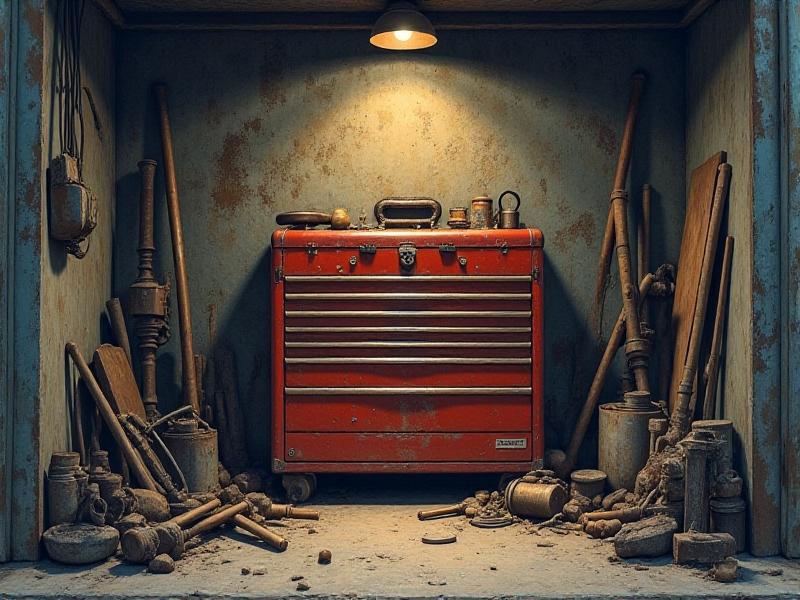
Choosing the Right Tools and Techniques for Restoration
The choice of tools and techniques is crucial to the success of a restoration time-lapse video. High-quality tools and materials not only ensure a professional result but also demonstrate the effectiveness of the products being used. Common tools include sandpaper, wire brushes, polishing compounds, and protective coatings. The techniques vary depending on the type of tool and the extent of the damage, but the process typically involves cleaning, rust removal, sanding, and polishing. By showcasing these tools and techniques in action, creators can subtly promote their products while providing valuable content for viewers. This approach builds trust and positions the brand as an authority in the field.
The Role of Lighting and Camera Angles in Video Production
Lighting and camera angles play a critical role in the visual appeal of a tool restoration time-lapse video. Proper lighting ensures that every detail of the restoration process is visible, from the texture of the rust to the shine of the polished metal. Natural light is often preferred for its soft, even quality, but artificial lighting can be used to create dramatic effects. Camera angles should be chosen to highlight key moments in the restoration, such as the application of polish or the final reveal. Close-ups add intimacy and detail, while wide shots provide context and scale. By carefully planning the lighting and camera setup, creators can enhance the visual impact of their videos and keep viewers engaged.
Editing Techniques to Enhance the Time-Lapse Effect
Editing is where the magic of a time-lapse video truly comes to life. The goal is to condense hours of footage into a seamless, visually compelling sequence. Key editing techniques include speeding up the footage, adding transitions, and syncing the video with music or sound effects. Text overlays can be used to explain the process or highlight specific tools and techniques. Color grading enhances the visual appeal, making the before-and-after contrast more striking. By mastering these editing techniques, creators can transform raw footage into a polished, professional video that captivates viewers and leaves a lasting impression.
Leveraging Social Media Platforms for Maximum Reach
Social media platforms are the ideal channels for sharing tool restoration time-lapse videos, thanks to their visual nature and wide reach. Each platform has its own strengths: YouTube is perfect for longer, detailed videos; Instagram favors short, visually striking clips; and TikTok thrives on creative, fast-paced content. To maximize reach, creators should optimize their videos for each platform by adjusting the length, format, and hashtags. Engaging with the audience through comments, polls, and behind-the-scenes content can also boost visibility and build a loyal following. By strategically leveraging social media, creators can amplify the impact of their videos and connect with a global audience.
Monetizing Tool Restoration Time-Lapse Videos
Tool restoration time-lapse videos offer multiple monetization opportunities for creators. Sponsored content, where brands pay to have their products featured, is a common revenue stream. Affiliate marketing, where creators earn a commission for sales generated through their links, is another option. Platforms like YouTube also offer ad revenue sharing for creators with a large enough following. Additionally, creators can sell their own products, such as restoration kits or merchandise, directly to their audience. By diversifying their income streams, creators can turn their passion for tool restoration into a sustainable business.
Building a Community Around Tool Restoration
One of the most rewarding aspects of creating tool restoration time-lapse videos is the opportunity to build a community of like-minded enthusiasts. By sharing their passion and expertise, creators can foster a sense of belonging and inspire others to take up the craft. Engaging with the community through comments, live streams, and collaborations strengthens the connection and encourages loyalty. Creators can also organize challenges, contests, or workshops to involve their audience and keep them engaged. A strong community not only supports the creator but also amplifies the reach and impact of their content.
The Future of Tool Restoration Time-Lapse Video Marketing
As the popularity of tool restoration time-lapse videos continues to grow, so does their potential as a marketing tool. Advances in video technology, such as 4K resolution and virtual reality, will further enhance the visual appeal of these videos. AI-driven editing tools will make it easier for creators to produce high-quality content. Additionally, the integration of e-commerce features into social media platforms will streamline the process of monetizing these videos. As the trend evolves, businesses that embrace this medium will have a competitive edge, connecting with audiences in a meaningful and authentic way. The future of tool restoration time-lapse video marketing is bright, offering endless possibilities for creativity and growth.
